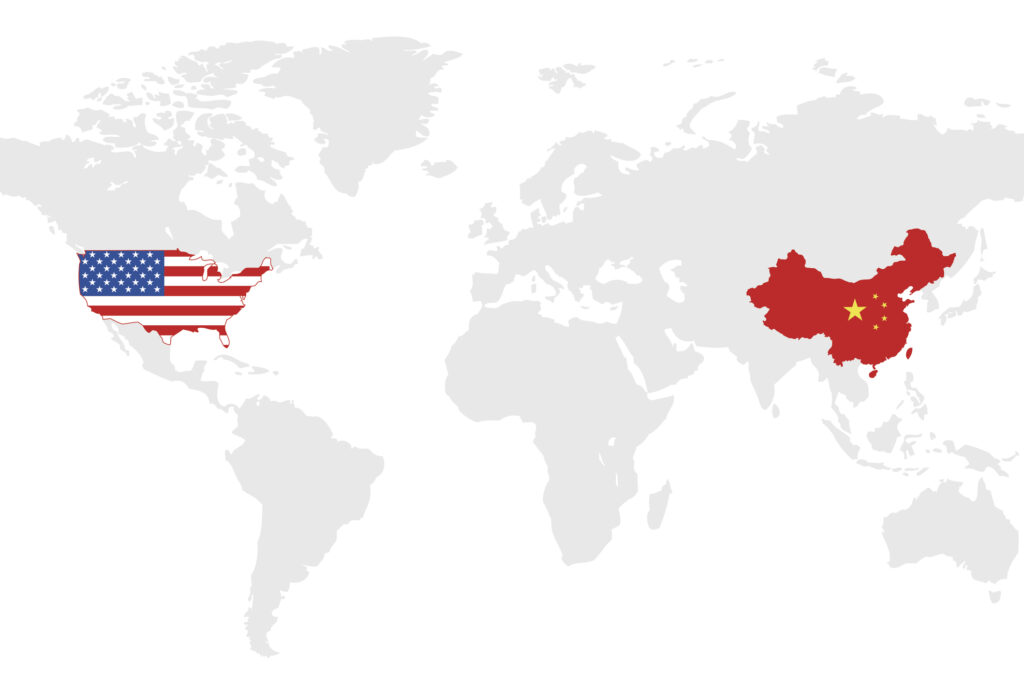(Investing) – Oil prices steadied Monday as traders digested potential progress in U.S.-China trade talks, starting to discount the chances of an economically costly trade war between the world’s two largest economies.

At 08:25 ET (12:25 GMT), for December fell 0.1% to $65.14 a barrel and rose 0.1% to $61.54 a barrel.
U.S., China agree to framework trade deal
The U.S. and China have agreed to a framework trade deal, which will be discussed when leaders Donald Trump and Xi Jinping meet later in the week, U.S. officials said over the weekend.
Washington is expected to not make good on its threat of 100% tariffs on China, while Beijing will lower its rare earth export curbs and also buy more U.S. soybean, officials said.
Trump and Xi are set to speak on Thursday in South Korea.
High-level U.S. officials met their Chinese counterparts on the sidelines of the Association of Southeast Asian Nations in Malaysia over the weekend, which Trump also attended.
Hopes of a deescalation in trade tensions between the world’s biggest economies aided oil prices, especially after a spike in tensions earlier this month battered the crude market. Traders fretted over the impact of higher tariffs and trade restrictions on oil demand in the U.S. and China.
Russia sanctions prompted gains
Oil prices remained relatively upbeat after rallying last week on fresh U.S. sanctions against Russia, this time targeting the country’s two largest oil companies – Lukoil and Roseneft.
The sanctions are aimed at pressuring Moscow into an immediate ceasefire with Ukraine, although analysts remained skeptical over just how effective the sanctions would be given Russia has managed to bypass U.S. restrictions in the past.
Focus was on whether major Russian oil buyers India and China will cede to U.S. pressure.
China, the world’s largest oil importer, was also seen steadily building out its oil reserves in recent months, adding to concerns over strong oil supplies.
Speculators cut long positions
The latest positioning data shows that speculators continued to cut their net long positions in the ICE Brent contract , selling 57,085 lots over the last reporting week to leave them with a net long of just 52,521 lots as of last Tuesday.
“This was driven largely by fresh shorts entering the market. As of last Tuesday, speculators held the largest gross long on record, just shy of 198k lots. Clearly, a large segment of the market was positioned on the wrong side ahead of the U.S. announcement on Russian sanctions. It drove lots of shorts to run in and cover their positions,” said analysts at ING, in a note.
Crude prices extended gains after a strong performance last week, after the U.S. imposed fresh restrictions on Russia’s oil industry, this time targeting the country’s biggest oil firms.
Optimism over lower U.S. interest rates, before a Federal Reserve meeting this week, also aided oil prices, especially after soft inflation data released on Friday.
Ambar Warrick contributed to this article

